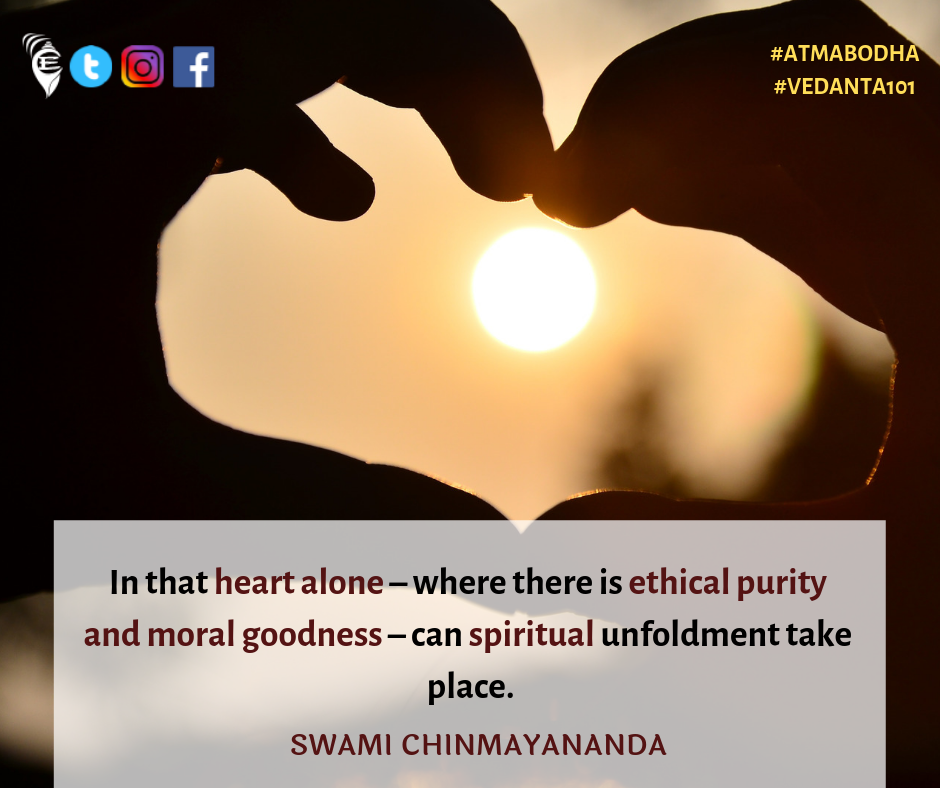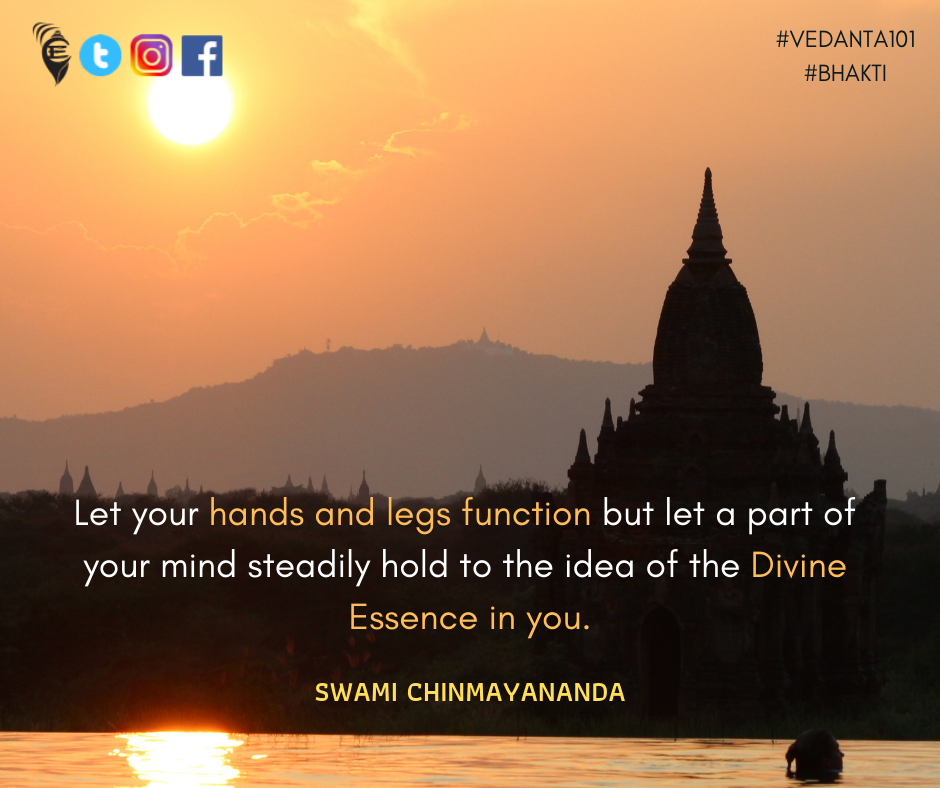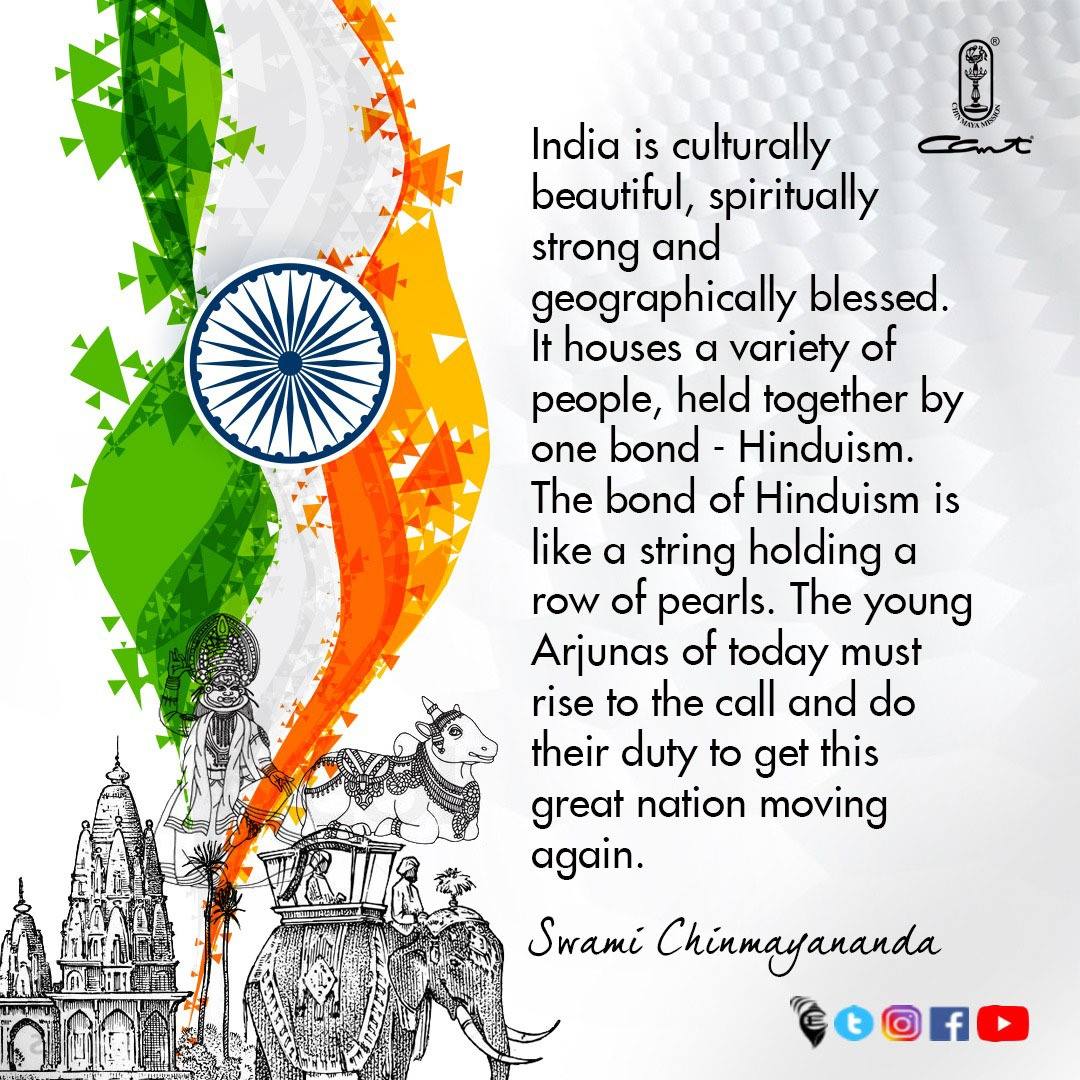Introduction to the Upanishads - 4. Swami Krishnananda.

--------------------------------------------------------------------------------------------------------------------------- Friday, April 30, 2021. 06:49. PM. Post-4. ---------------------------------------------------------------------------------- There is a tendency inherent in the human mind by which the pure subjectivity which is the consciousness of the Atman is pulled, as it were, in the direction of what it is not, and is compelled to be aware of what it is not in the form of sense-perception. Not only that, it cannot be conscious continuously of one particular object – now it is aware of this, now it is aware of another thing. It moves from object to object. The tendency to move in the direction of what the Atman is not, the impulsion towards externality of objects, is the dirt or Mala as it is called. The impossibility of fixing the mind on anything continuously is the distraction or the Vikshepa. The reason why such an impulse has arisen at all is the...





